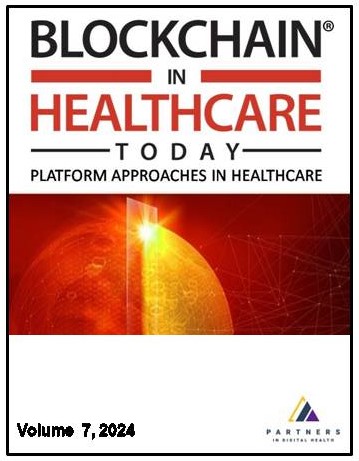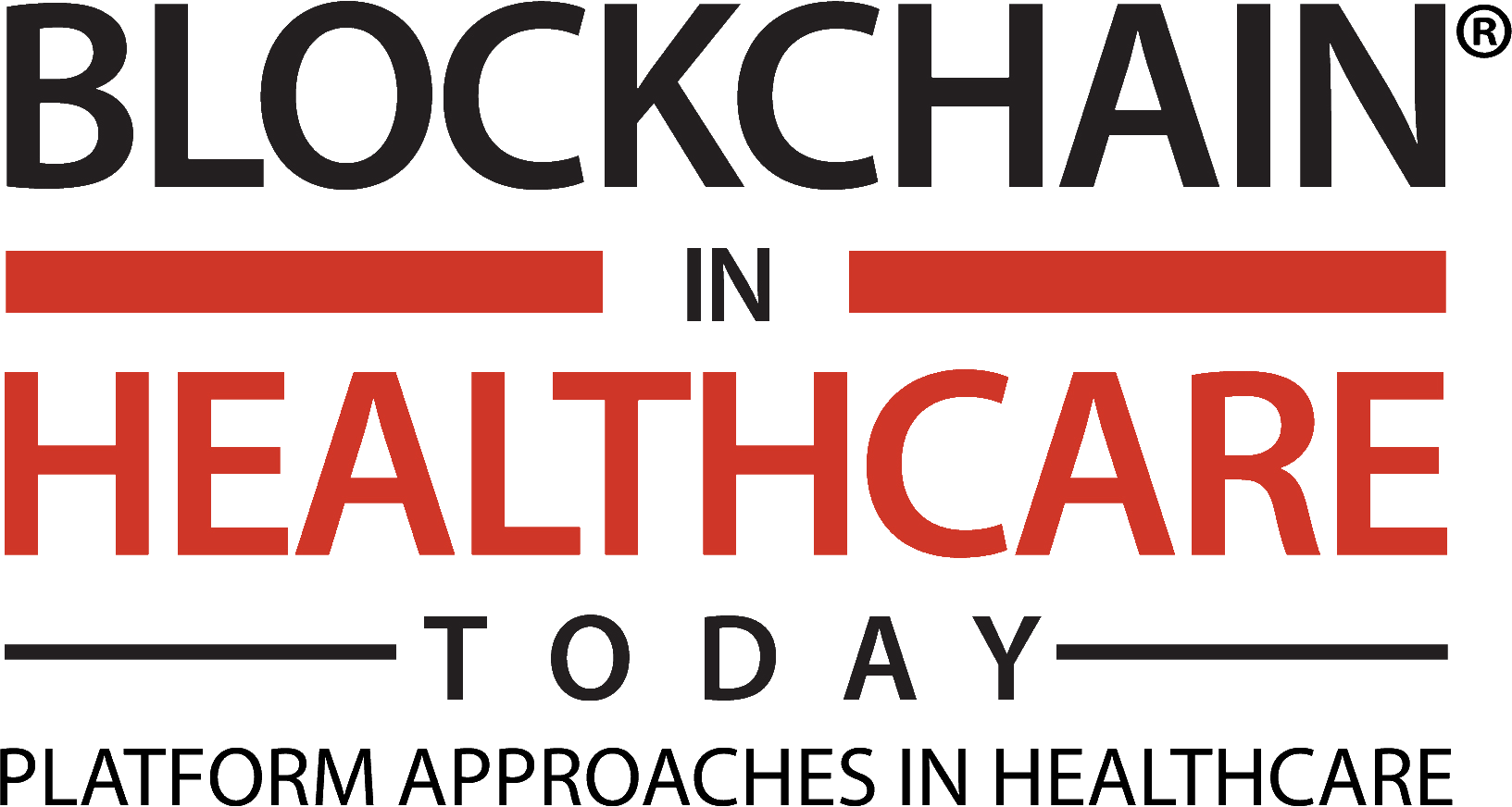Current issue

Volume 7, Issue 3, 2024
Online ISSN: 2573-8240
Volume 7 , Issue 3, (2024)
Published: 16.12.2024.
Open Access
Blockchain in Healthcare Today (BHTY) is the leading international open access journal that amplifies and disseminates platform approaches in healthcare and distributed ledger technology research and innovations. Fields of interest include healthcare information systems, leveraging data science tools and techniques, interoperability, consent mechanisms, privacy preservation, security of health data, clinical trials management, supply chain management, revenue cycle automation, immersive technologies, tokenomics, governance, regulation, network technologies, clinical computing, cryptography, and failed experiments in this expanding specialty field of research.
All issues
Contents
21.10.2022.
Proof of Concept/Pilots/Methodologies
The Case for Establishing a Blockchain Research and Development Program at an Academic Medical Center
Objective: To develop a research and development program to study factors that will support research, education and innovation using blockchain technology for health in an effective and sustainable manner. We proposed to conduct qualitative research to generate insights for developing a market strategy to build a research lab for the promotion of blockchain technologies in health in academic environments. The team aimed to identify the key barriers and opportunities for developing a sustainable research lab that generates research, education, and application of blockchain in healthcare at an academic medical institution and test those strategies in a real-world scenario. Methods: The research team identified potential customers and stakeholders through interviews and snowball sampling. The team conducted semi-structured interviews with 4 faculty researchers, 10 industry leaders, and 6 students from a variety of disciplines and organizations. The findings of these research activities informed our understanding of the needs of stratified customers and helped identify key assets and activities the lab will have to offer to meet those needs. Results: The research insights from data analysis were used to build the business model for establishing a blockchain in health impact lab. This systematic study of areas where blockchain technology can impact health will guide the future development of research agenda for the researchers on campus. Conclusion: Based on our learnings, we hope to design a Blockchain in Health Impact Lab to serve as a platform for students and faculty to come together with industry partners and explore current challenges of blockchain in healthcare. The academic medical center’s partnership with other healthcare providers will help create real-world opportunities to demonstrate and implement new technologies.
Muhammad Usman, Verena Kallhoff, Anjum Khurshid
